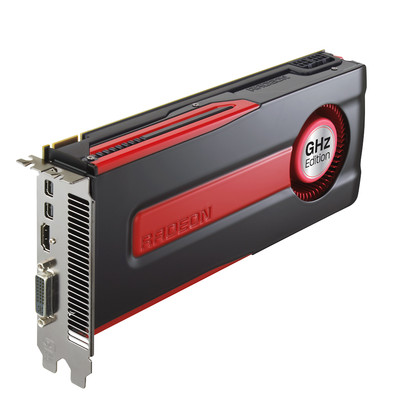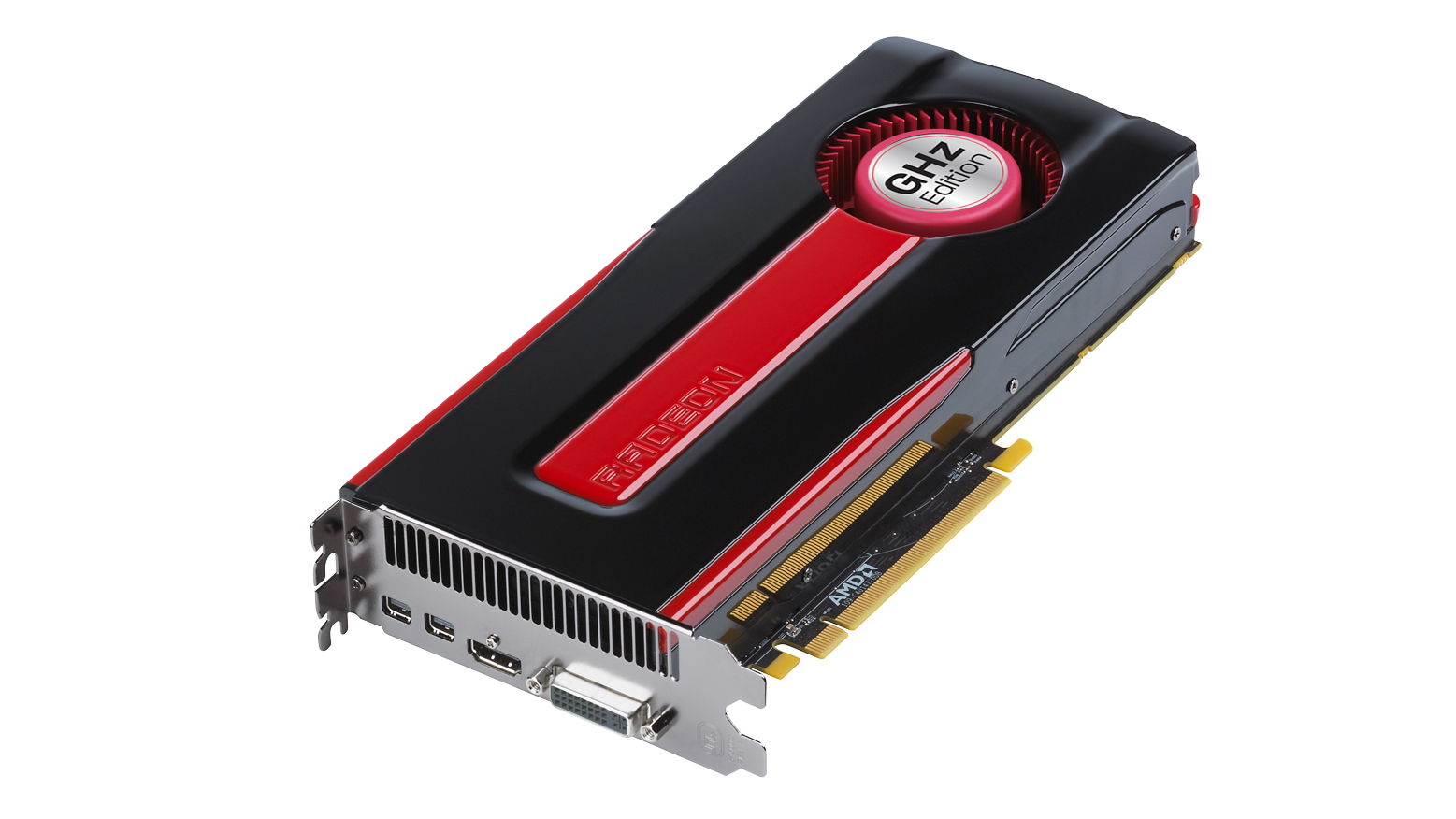Why you can trust TechRadar

To be perfectly honest, although we didn't like the use of last-gen technology in the HD 6870 vs. HD 6970 in the previous generation AMD could have easily gotten away with doing the same thing in the Southern Island generation.
The scalar AMD Radeon HD 7870 doesn't really have a lot extra straight-line performance in the tank over the VLIW-sporting HD 6970.
AMD could easily have modified the Cayman GPU to make for a well-performing new card in this space, or even just rebadged the older GPUs. It would've gotten away with it too, with but a little media grumbling.
Thankfully though AMD has stuck to its guns and produced a proper GCN-powered mid-range card to sit in the same price and performance space as its last-gen top-end card, the HD 6970.
It's not looking at the release of the HD 7870 as the card for owners of either of the Cayman-powered cards to upgrade to. Instead it's been talking about the Pitcairn cards as the "spiritual successor to the HD 5800 series graphics cards," as Evan Groenke, Product Manager at AMD said in a recent briefing.
AMD sees the two year upgrade cycle leading owners of HD 5800 series cards, now looking to upgrade, towards the HD 7800 series as the entry point to enthusiast-class gaming.
The reason for this is that there is simply no performance incentive for anyone with a HD 6900 series to make the move.
Sign up for breaking news, reviews, opinion, top tech deals, and more.
We'd normally expect mid-range cards of a new generation to perform at the same speeds as the previous high-end cards and that certainly is true here. The only issue is that they are also the same price as the previous high-end cards.
The difficulty then is that we've had graphics cards capable of performing at the levels the AMD Radeon HD 7870 operates at, in the same price-bracket, for the last year. Sadly then that makes the release of the HD 7870 rather a flat one.
But as we say kudos to AMD for not just going down the easy route.
We may not be getting any major price/performance scores from the AMD Radeon HD 7870, but it still comes with all the goodness of the GCN-based Southern Island cards.
That means an efficient 28nm production process, PCI Express 3.0 support and the excellent AMD ZeroCore Power technology.
The benefits of the production process means that as we go forward the cost of manufacturing these chips should drop allowing AMD to pass some savings on to us. It also means that as we are the start of this new GCN technology we should also see some driver-based performance improvements over the next year, like we've seen with other AMD GPUs.
The inclusion of the ZeroCore Power tech is also important, giving us impressive power savings when the PC is in an idle state. AMD's latest cards can almost entirely shut down when the monitor is not displaying, using only ten per cent of the idling power of their predecessors.
What we haven't spoken about yet though is overclocking, and like the HD 7970 and HD 7950 it's something the AMD Radeon HD 7870 does with aplomb.
And the overclocking is also something of a game changer.
We were able to knock the GPU clock up from the already impressive 1GHz mark up to 1.2GHz using just a little higher fan speed and the built in Overdrive tool of the Catalyst Control Centre.
Granted the stock fan is loud even at 50%, but it enabled us to run rock solid at those heady OC heights. And running at those speeds suddenly the Nvidia GeForce GTX 580 is right in its sights; that's a card which still costs £360.
We can't assume that every AMD HD 7870 is going to be able to clock up to those speeds, but with even the reference design starting out at 1GHz we wouldn't be surprised to see most being able to get pretty close.
Being able to perform at the same levels – sometimes even faster – than a card worth £100 more is something not to snotted at.
Even so we would struggle to recommend it as an upgrade to anyone already sitting on either a HD 6970 or GTX 580, but as AMD says, for an enthusiast who hasn't upgraded in a couple of years this is the go-to sub-£300 card.
We liked
The fact AMD has included the full Graphics Core Next feature set is something to be applauded.
It may not have the straight performance edge over the previous generation, but it's got a lot more extras to back it up.
We can't ignore the awesome overclocking potential in the Pitcairn chip either. There's no guarantee all AMD Radeon HD 7870s will be able to clock this high, but there is at least precedence.
We disliked
The HD 7870 is not a massively exciting card if you're not prepared to thrash it with the overclocking stick.
Stock performance is on the same level as the previous gen cards, and for the same price. In those terms it really does nothing new.
Verdict
At stock speeds it's fairly dull, with a little light tweaking however you can turn it into a serious hot hatchback with the horsepower to match.
